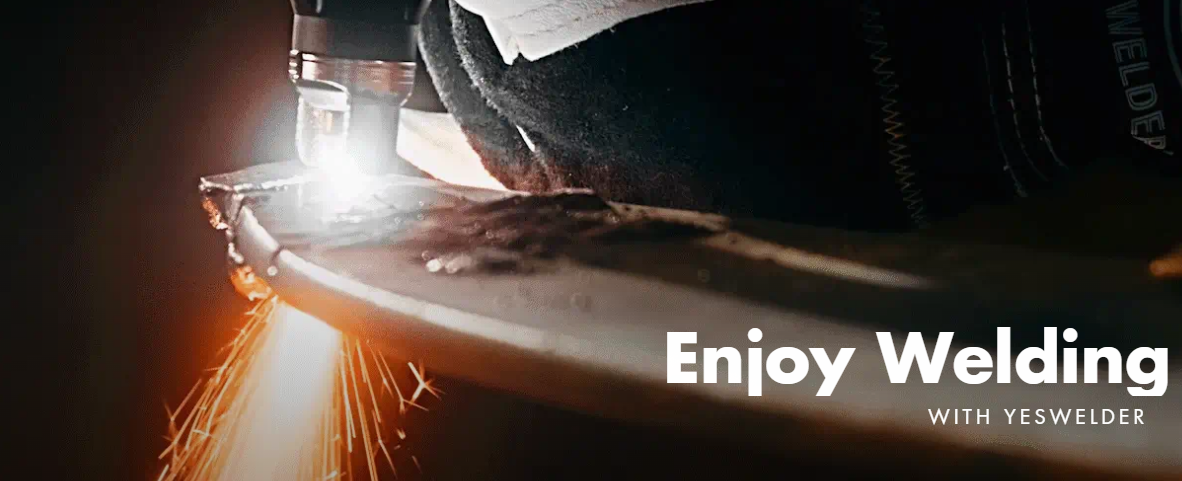
Welding is an art form and a science combined. It takes training, patience, attention to detail, and the ability to follow instructions. If you’re new to the welding world or just need a refresher on how to use your welding machine correctly, then this article is for you. There are many types of welding processes out there; some more common than others. Some are easier than others. Some require more equipment than others. But what they all have in common is that they’re used to join two or more pieces of metal into one seamless piece of art. Welding can be challenging as it requires precision and accuracy while also managing heat and pressure. You must also monitor the type of metal being welded so as not to cause a chemical reaction that could weaken the weld or cause another negative side effect
Tungsten Arc Welding (TAW)

Welding with an electric arc is one of the oldest types of welding. It was used as early as the 1800s, when it was discovered that an electric arc between two different metals would melt those metals together. Early welders used carbon rods as electrodes for the arc; this caused carbon contamination in the weld and required that the weld be cleaned of the carbon after welding. Tungsten electrodes were later introduced as a better alternative to carbon electrodes. Tungsten has a much higher melting point than carbon, which allows the electrode to stay in the weld joint and be reused. Tungsten has been used ever since, though electrodes are now made of tungsten carbide instead of pure tungsten. Tungsten arc welding is an extremely versatile welding technique that can be used on many types of metals in both manual and mechanized industrial processes. It is one of the most commonly used welding processes in the world.
Gas-Metal Arc Welding (GMAW)
Gas metal arc welding (GMAW) is a type of welding that uses a continuous flow of an inert shielding gas and an electric arc between the work and the electrode to create the weld joint. GMAW is a process that uses a constant or pulsed direct current (DC) electrode in a constant flow of shielding gas. GMAW is commonly used for welding steels, nickel, copper alloys, and aluminum. GMAW is a very good choice for welding construction materials, in shipyards, power generation, and other industrial applications. GMAW is often used in combination with other processes such as shielded metal arc welding (SMAW) or gas tungsten arc welding (GTAW) to weld stainless steels, aluminum alloys, and nickel alloys.
Gasflame Arc Welding (GFAW)
Gasflame arc welding (GFAW) is a variation of gas metal arc welding (GMAW). The electrical current passes through a spool of copper wire. This wire is covered by a shield gas that prevents contamination of the weld. GFAW is typically used to weld thin materials that are difficult to weld with other welding processes because of their shape or size. GFAW uses a continuous flow of shielding gas.
Manual Metal Arc Welding (MMAW)
Manual metal arc welding (MMAW) is a manual arc welding process that uses a constant or pulsed direct current (DC). MMAW is a manual process where an operator holds one electrode against the work and another electrode against the base material. The operator has control of the arc length, travel speed of the electrodes, and current used to weld the materials. MMAW is used on a wide range of metals that include low-alloyed steel, stainless steel, nickel, copper, and aluminum.
Cyanide arc welding (CAW) and Electro-Cyanide arc welding (ECAW)
Cyanide arc welding (CAW) and electro-cyanide arc welding (ECAW) are variations of gas tungsten arc welding (GTAW) that use a mixture of hydrogen and carbon monoxide as the shielding gas. These are very dangerous processes that require special equipment, safety precautions, and operators trained in the use of these processes. CAW and ECAW are used to weld a wide range of metals, including high-strength steels, stainless steel, nickel alloys, and copper alloys.
Oxygen-Arc Welding (OAW)
Oxygen arc welding (OAW) is a type of welding that uses an electric arc between the work and a consumable electrode held in a special holder. OAW uses a constant or pulsed direct current (DC) and an inert gas such as pure oxygen or an air/oxygen mixture. OAW is used to weld low-alloyed and carbon steels, stainless steels, nickel, copper alloys, and aluminum. OAW is a manual welding process.
Shielded Metal Arc Welding (SMAW)
Shielded metal arc welding (SMAW) is a manual arc welding process that uses a constant or pulsed direct current (DC) and an inert gas such as argon, helium, hydrogen, or a helium/hydrogen mixture. SMAW is the most widely used manual arc welding process. SMAW is used to weld a wide range of materials, including low- and high-alloyed steels, stainless steels, nickel alloys, copper alloys, and aluminum.
Bottom line
Successfully using a welding machine takes practice, patience, and the right tools. Welding is an art form and a science combined. It takes training, attention to detail, and the ability to follow instructions. If you’re new to the welding world or just need a refresher on how to use your welding machine correctly, then this article is for you.






